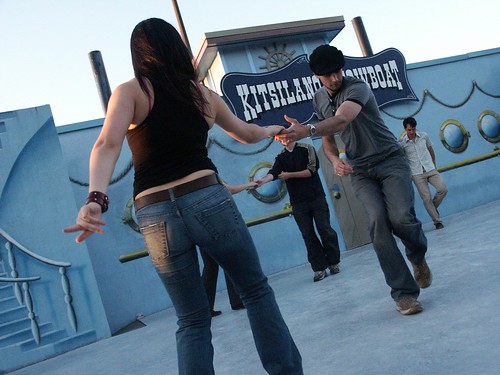Modern social networking applications use a Social Engine at the heart. Older Social Networking websites such as MySpace.com may not have such a clean cut architecture, however the core of the system sort of behaves more or less as a Social Engine does.
A Social Engine is in charge of managing people profiles, search, privacy, messaging, notification, requests, and most important of all Social Graphing.
Social Graphing is just a fancy technical name for the relationship among the people described as “Friends” or “Contacts”, in other words it is the “Network” in Social Network. It is the reason that people join such a websites so they can be perpetually in touch with each other and stay informed about each other’s activities.
Currently there are two models of social graph implementations in the existing social networking websites:
- The Lead, Follow, Mutual Model used in the more modern systems (Twitter and Digg) due to its more flexible and generic nature.
- The Enforced Mutual Friend model which is more stiff and specific. It was used in the earlier social networking websites and some of today’s websites such as Facebook are still stuck with it.
We are about to explain these models, and please keep in mind the best social graphing model is that one that is Most Flexible and Most Generic in the same time.
Continue reading Social Graphing Models used in the Social Networks

